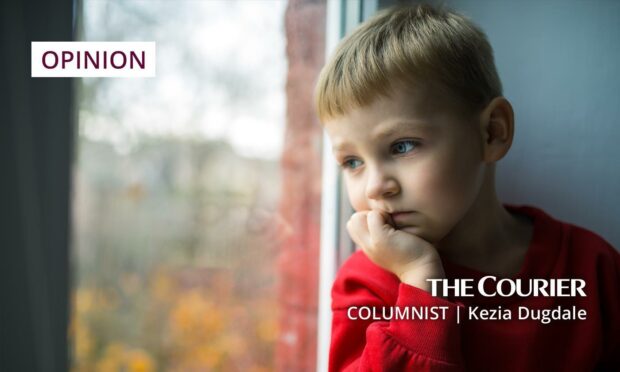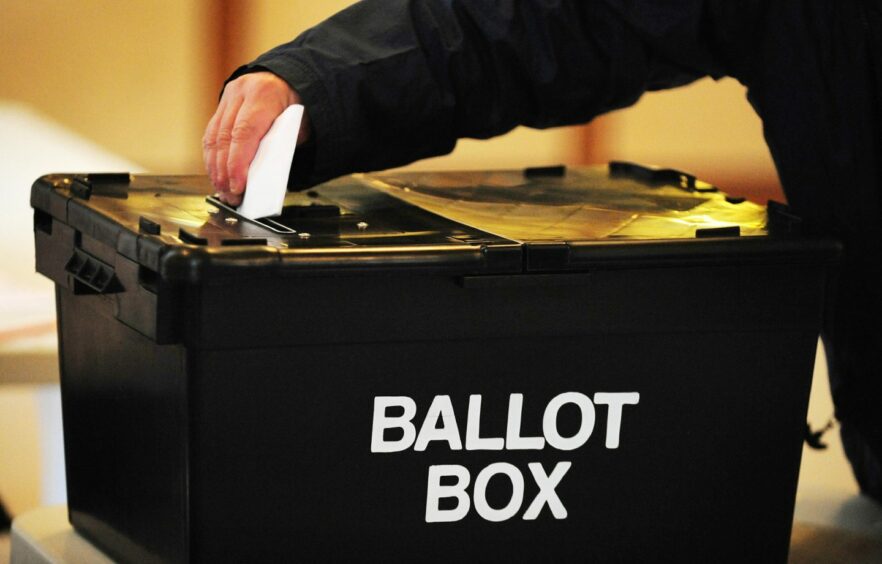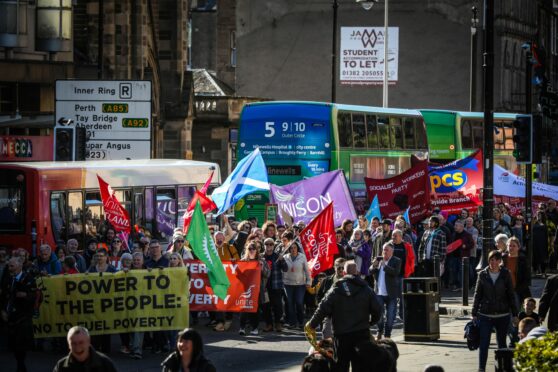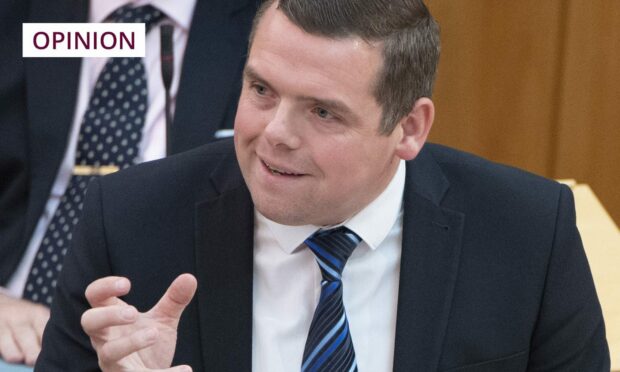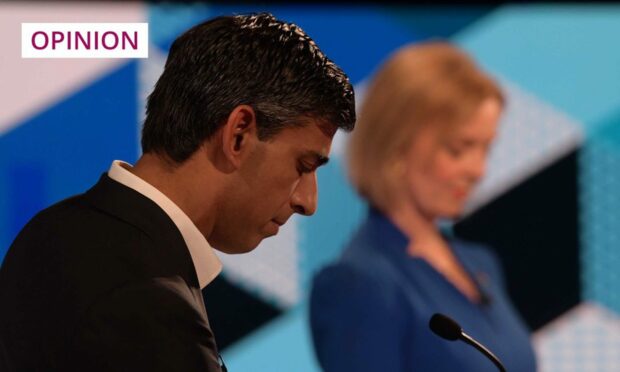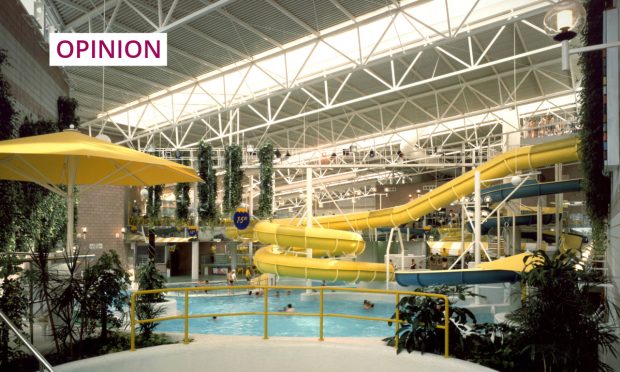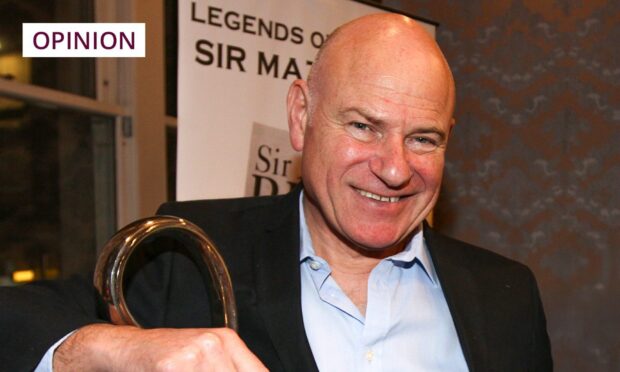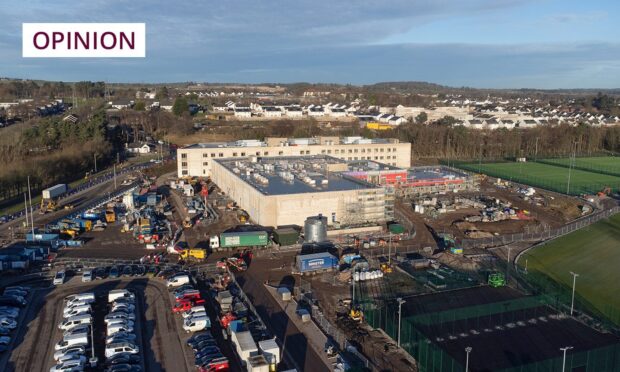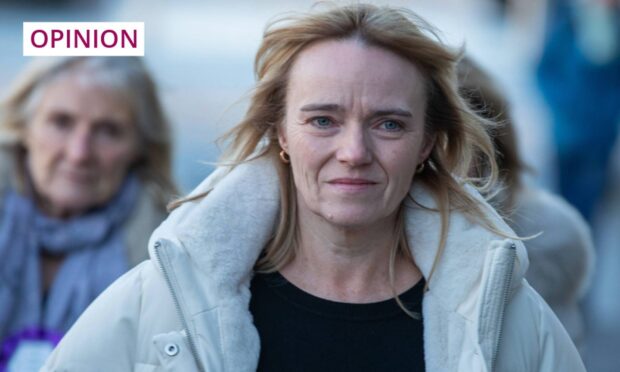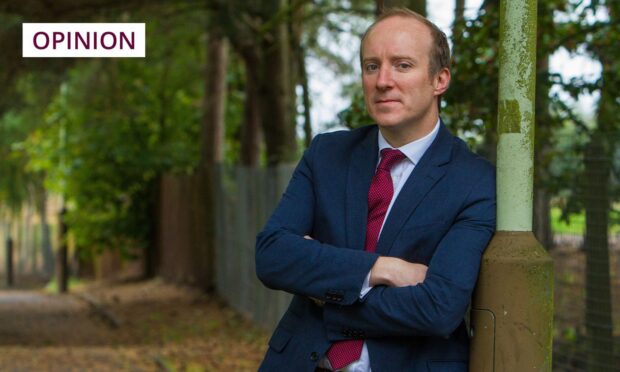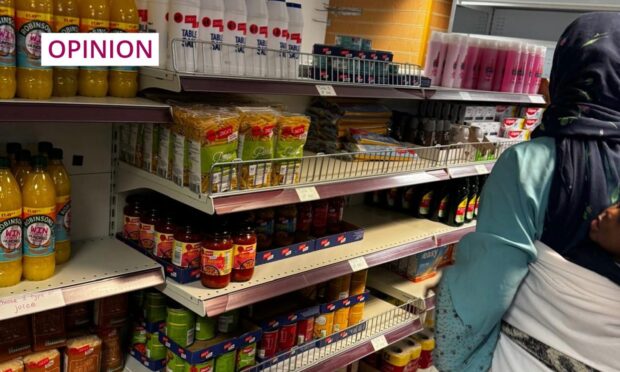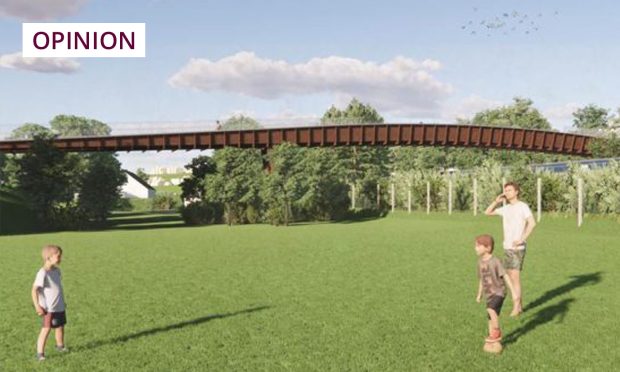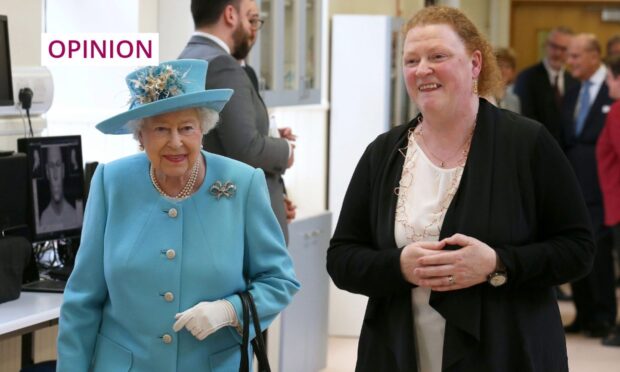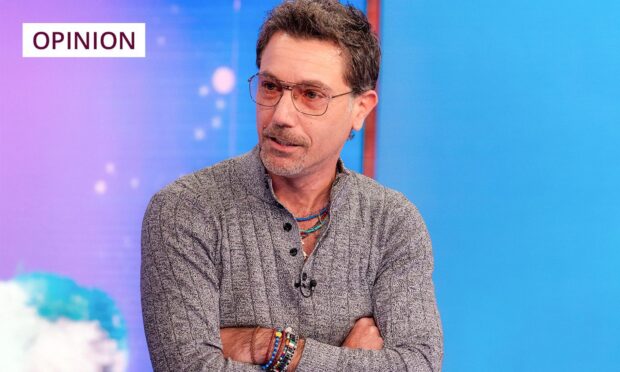If you’ve seen a lot of politicians pointing angrily at pot holes recently, it’s because the local council elections are just 50 days away.
There are 1219 council seats up for grabs across Scotland’s 32 local authorities and thousands of candidates, from across the political spectrum, looking for your vote.
Unlike the Scottish Parliament or Westminster elections, the local council elections use STV or the single transferable voting system. This allows you to rank the candidates in order of preference.
Each council area has been made up of multi-member wards for over 15 years now.
That means that your street doesn’t just have one councillor, it has three, possibly even 4.
It gives you more choice over who to go to when you have a problem and it also better reflects how people in your area actually vote unlike the “winner takes all” approach of the first past the post system used for Scottish Parliament and Westminster constituency seats.
So given you’ve got all this power in your hands, and that your vote will count, what are you going to vote for? Not who; what.
What issues in your community deserve the most attention?
Council campaigns always default to the conditions of our roads because in fairness, fixing potholes is something the council does, or at least has responsibility for.
But it’s also the main provider of many frontline services like housing.
Like everyone, I’ve been watching scenes in Ukraine through my fingertips with utter shock and horror.
I cannot imagine what it must be like to have to leave home in the middle of the night with only the possessions you can carry on your back and with nowhere to go.
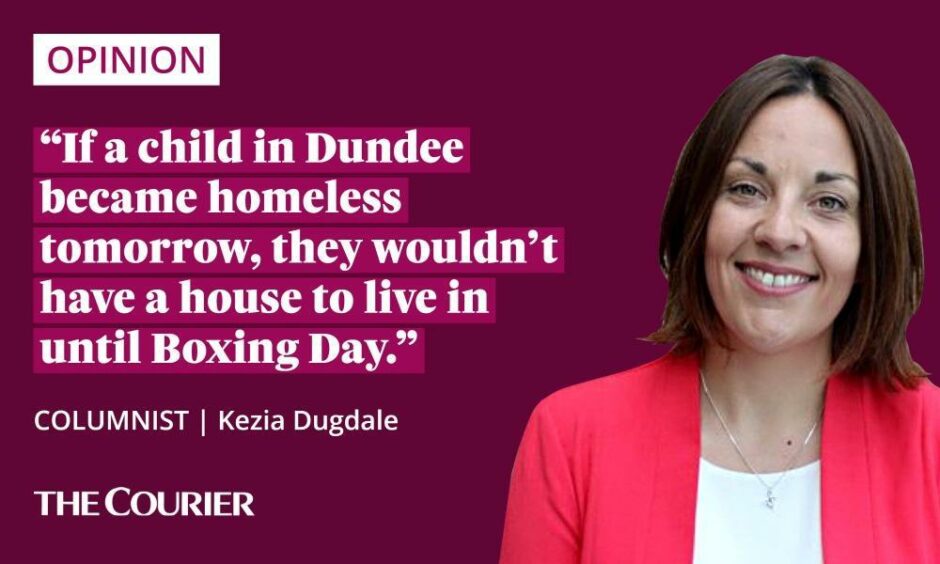
There’s been much written about the slowness with which the UK has responded to the refugee crisis and I don’t feel the need to repeat it here.
However, I was delighted to see the First Minister commit Scotland to being a super sponsor for refugees, announcing that she wanted to welcome 3000 Ukrainians to Scotland at the earliest opportunity.
I just have one question. Where are they going to go?
Temporary housing is already sorely lacking
The press statement said that they’d be housed in temporary accommodation before longer term accommodation and proper safeguarding and support services are provided.
The principle of all this is fantastic, but the reality of delivering on this looks a good deal harder.
Temporary accommodation in Scotland is already under extreme pressure. Shelter Scotland, a leading housing and homelessness charity which I’m actively involved in, reported this weekend that there are currently over 7,500 homeless children living in temporary accommodation right now.
And there’s nothing temporary about the average time each child spends living in these circumstances where their learning is disrupted, family life is strained, where it’s harder to live healthily and job prospects are rubbish.
In Perth, you can expect to live 100 days like this – it takes just over 3 months before a family is suitably housed there.
In Angus its 154 days, and in Fife, it’s a whopping 220 days like this.
Dundee City Council says “hold my coat” though. The average wait for a family with a child to be suitably housed in Dundee is a scandalous 285 days.
Let me put it another way, if a child in Dundee became homeless tomorrow, they wouldn’t have a house to live in until Boxing Day. Why?
Because we aren’t building nearly enough homes and we haven’t been building enough for a very long time. Not in Dundee and not anywhere else for that matter either.
Councils fall short on housebuilding promises
Dundee City Council had a house building plan called it’s “Strategic Housing Investment Plan” – it promised to build 1,655 affordable and social homes between 2016 and 2021.
It actually built 592. That’s over 1,000 homes short of the promises made.
The plan for 2022–2027 promises just 936 homes and that council report that was approved in November 2021 is stacked with reasons why it might not be achieved.
The cost of building houses is without question rising, borrowing is more expensive, raw materials are exposed to rising inflation, energy efficiency targets drive up the unitary costs as building standards change.
All of this is legitimate, but it does not escape the reality that Dundee, and Scotland more generally, is in the midst of a housing crisis and children are bearing the brunt of that pain right now.
So far from lining up next to pot holes and pointing angrily for your vote, I’m desperate to see council candidates, leaders and political parties make the case for serious investment in social housing this May.
Every single councillor who wants to tackle child poverty and is committed to ensuring ever child has the best possible chance in life should start out by making a case for them to have a safe and secure home.
7,500 children are living without that in Scotland right this second and far too many of them will still be in that position at Christmas unless building homes gets the political attention it so clearly deserves.
